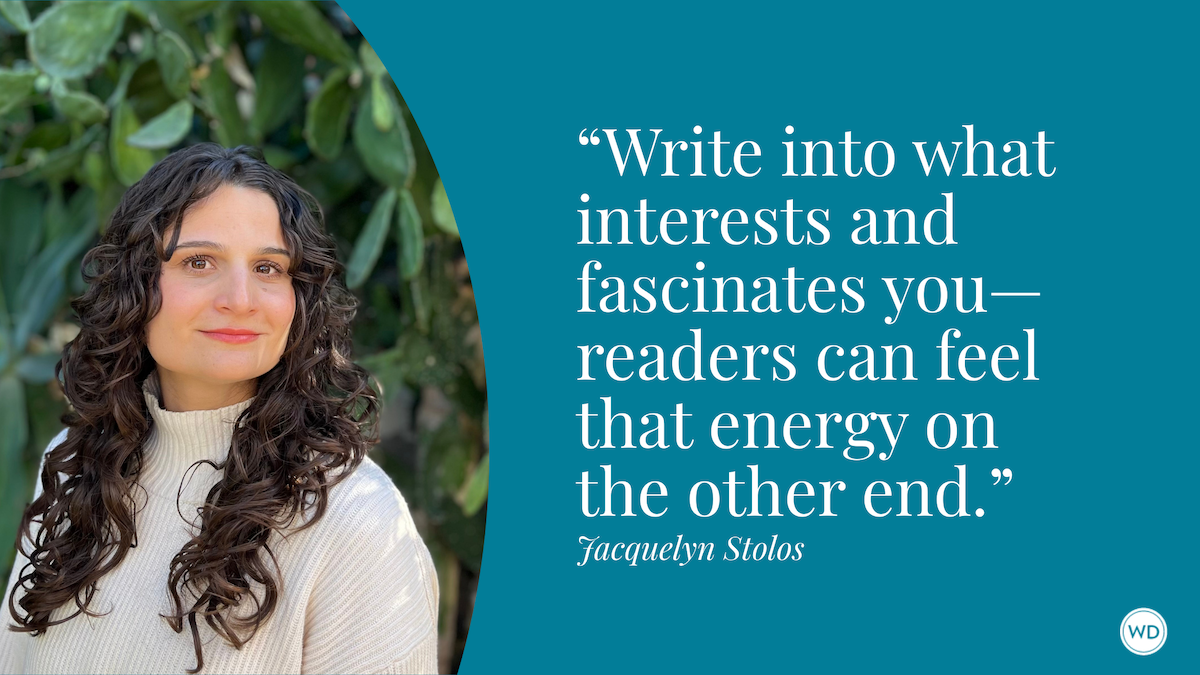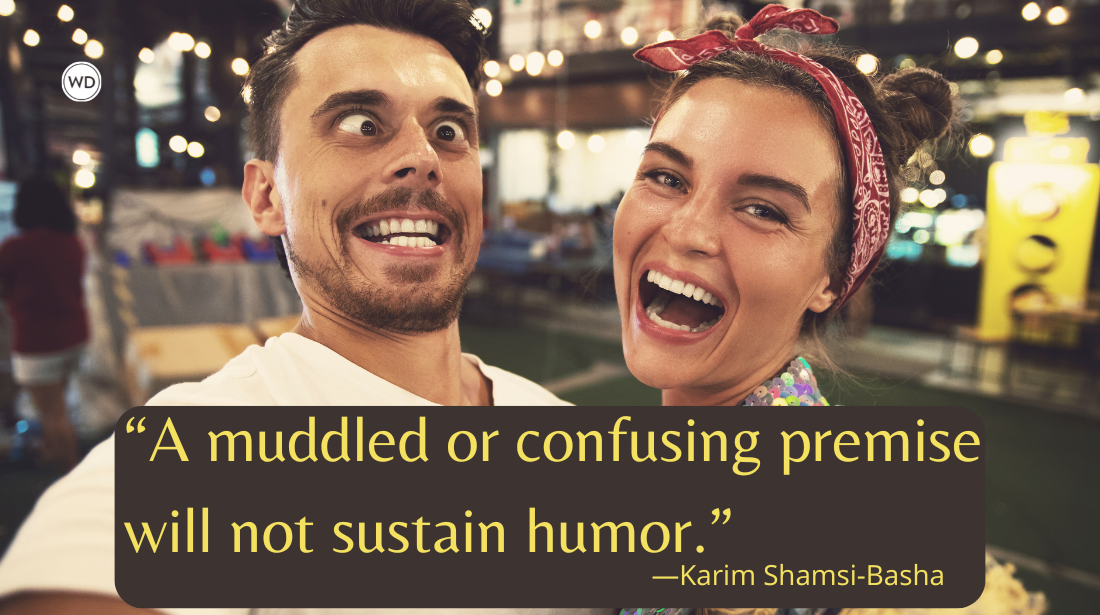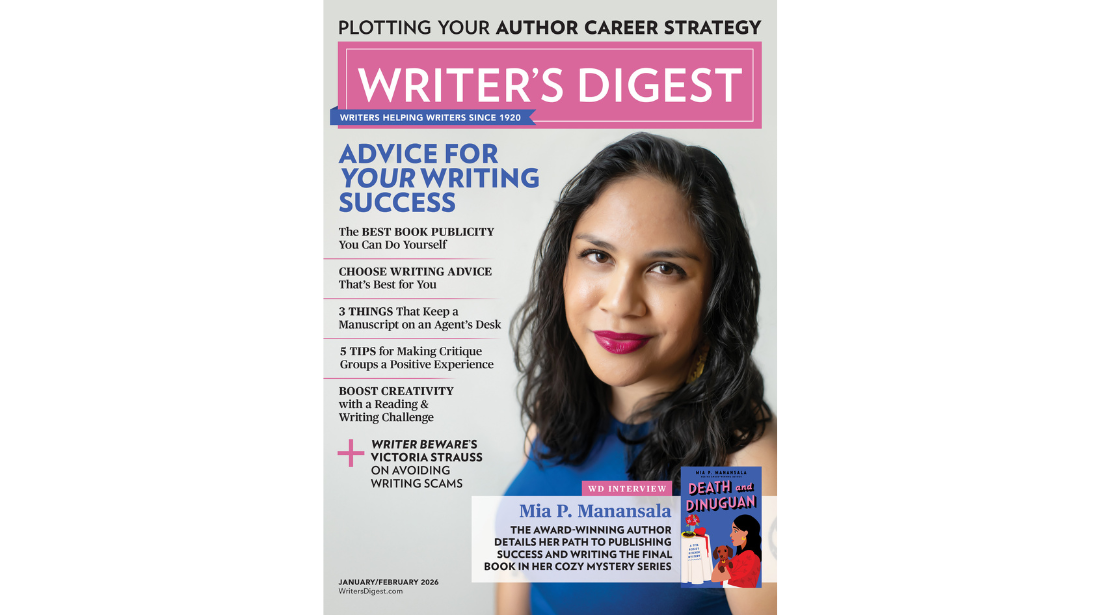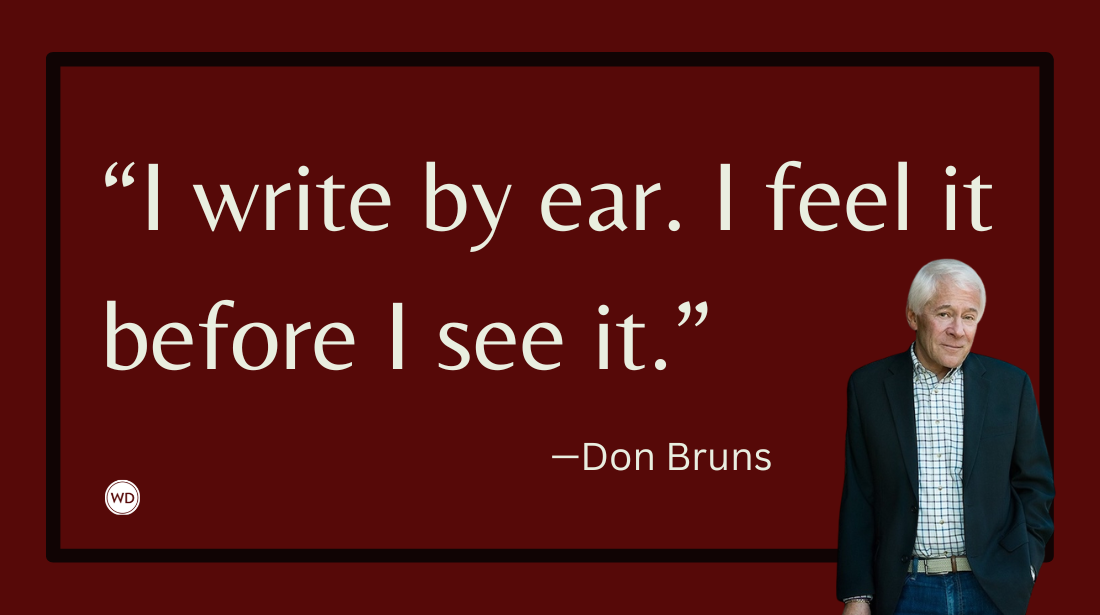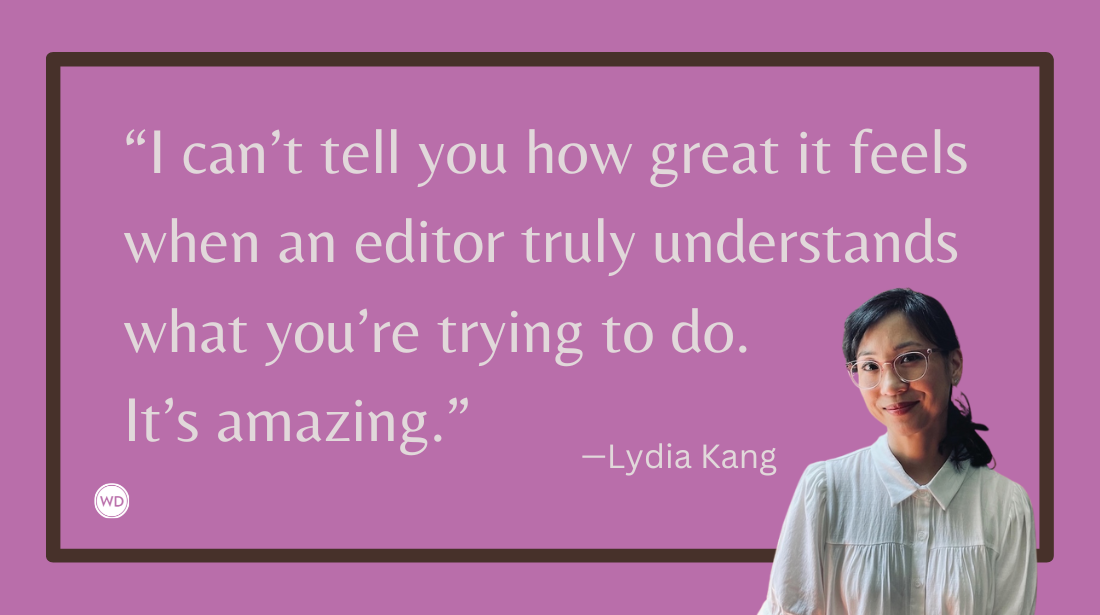Dads Need Role Models Too
Author Andrew Weiner shares his experiences of becoming a dad and makes an argument for better dad representation in children’s fiction.
One of the absolute most amazing moments of my life occurred right after my daughter, Estella, was born, when the nurse placed her in my wife’s arms so she could hold her baby for the very first time. Yeah, holding your child for the first time is incredible if not cliché, but trust me, this was different. I bore witness to my wife falling in love with our daughter. And it happened the instant she held her. It was this palpable cosmic shift where I was able to see the gears in the universe change in the most magical way.
So, there I am, overwhelmed by the birth of our first child, blown away by the magical moment that occurred between mother and daughter, and I’m also feeling quite relieved. See, I had heard that sometimes it takes a while for a mom to bond with her child, and I love my wife, Nora, but it even took her a minute to warm up to the idea of me. So, I wasn’t sure how she’d feel about some seven-pound squiggly newborn thing. But, as is often the case, I was wrong. In fact, I was so busy wondering how Nora would take to the adjustment of becoming a mother that I spent very little time wondering what becoming a dad would be like for me.
Turns out it felt a little like getting hit by a Mack truck, but in a bad way. In those early days, weeks, and months, I was overwhelmed. My usually sunny disposition (just ask any friend or family member, and they’ll tell you it’s my defining characteristic) was hidden beneath a veil of diapers and confusion. I knew my daughter was this thing that I would give my life for, but I wasn’t sure I even liked it all that much. A few weeks in, my wife scolded me, “That’s not an ‘it.’ That’s your daughter. Get it straight.” Fine, whatever she/it was, it had really thrown me for a loop.
It’s hard to articulate how I felt, but I think I was struggling with my new identity as a dad. Transitioning from my awkward teenage years into a rakishly handsome man came naturally to me, but this was different.
We’d been given a ton of children’s books, including a huge stack of hand-me-downs from my sister. So, out of desperation, I read the books in the hopes that they might teach me what a dad was supposed to do. I read every single one of them.
Right about now, you might find yourself judging me. Totally. I get it. Dads come in many shapes and sizes. And few of those shapes and sizes are particularly impressive. It is what it is. But these were desperate times for me. So, I turned to the kids’ books.
It turns out the children’s books were not much help (in hindsight a licensed therapist would have been a smarter route). In most of the books, the fathers weren’t even present, and when they did pop up, they tended to be fast asleep on the couch, dashing out the door for work, spilling coffee on their clothes, or sometimes just sitting around farting (I’m not big on farting, and I don’t much like the word).
It all rubbed me the wrong way. How was I supposed to figure out how to be a dad? The books taught me nothing—except for one of the Berenstain Bears books, which taught me I would likely hammer my barefoot toe someday and scream and holler and scare my whole family.
So, I bumped my way through my time as a new parent. Eventually, the “it” became my beloved daughter and, a few years later, we had another “it,” which became my son (sidenote: The other magical, cosmic shift in the universe I witnessed was when my daughter held her baby brother for the very first time—she fell in love instantly, just like her amazing mother). Along the way, I began telling my kids bedtime stories and reading to them most every night.
As a dad, I’m still adjusting and changing with every new phase, but those children’s books? Not so much. To be fair, children’s books are called children’s books; they’re not called “Books For Dads Who Are Flailing Around But Are Too Obtuse To Ask For Help Books” (catchy, I know). Still, I decided to be the change I wanted to see in the world.
A little over a year ago, my very own children’s book, Daddy and the Beanstalk, was published by Little, Brown. More accurately, it’s an early-reader graphic novel, but that’s splitting hairs. It’s based on bedtime stories I’ve told my daughter (it #1) for years. It’s an homage to her, my family, my childhood, and even to myself, as I’m right there front and center telling my daughter about the time, when as a kid, I took the grocery money my mom gave me and spent it on magic beans. (I was not always that well-behaved as a child.)
The Frog Daddy, the second book in the series, was published last month (again by Little, Brown). It recalls the time I got turned into a frog while on a class field trip to New York City. I have to say, I love this book as much as anything I’ve made (professionally speaking, of course).
The book is for children and works as a read-aloud for younger kids and those that are reluctant readers, and it’s also great for independent readers. But it’s not just for kids; it’s also for grownups, especially the dads who are simply trying to figure it all out.
So, what sort of representation of fatherhood was I looking to create? Honestly, I don’t know. I think about my own father and what he was like as a dad. He would play catch with me even when he didn’t feel like it. He’d take me fishing. He’d read me books and tell me bedtime stories, which I’ve shared with my kids. He’d take me to bars to watch a game on TV (it was much more wholesome than it sounds), and when we came home from the bar, he taught me how to say, “We had a salad,” when my mom would invariably ask me what we ate.
At an early age, I developed my deep love for creative writing, which he open-heartedly nurtured. He still reads whatever I send him, and he is more often than not the audience in my mind’s eye when I sit down to write something. A few years ago, my dad told me he wasn’t that good a father, but he did what he could. I was a little shocked. For my money, he’s the gold standard. Among many other things, he showed up. And sometimes, that’s half the battle, and other times it’s the entire battle. Show up in real life, of course. But, also, let’s have the dads show up in books, as well, modeling the kinds of male role models we want to be.
It turns out the Berenstain Bears got it right. Just show up. Every so often, that might mean whacking yourself in the toe. But, trust me, it’s worth it.




